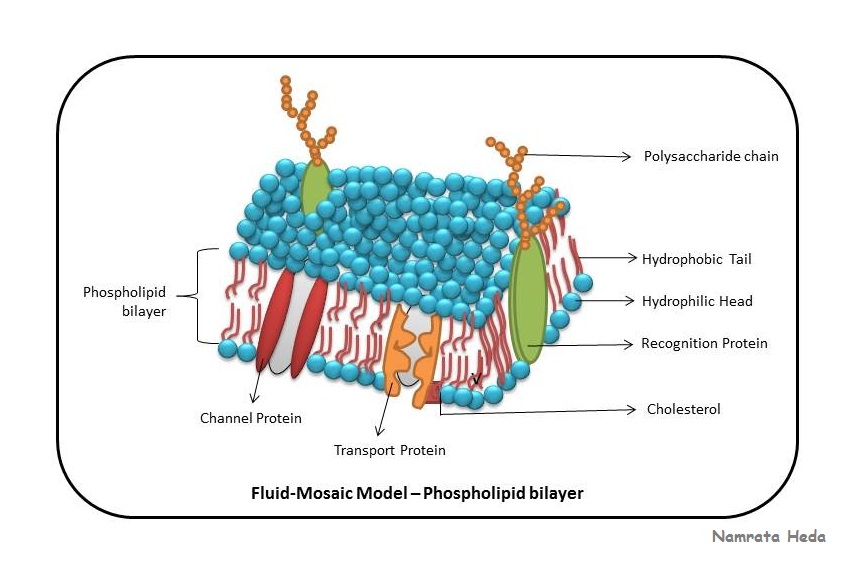
By the second half of the 19th century, microscopy was still not advanced enough to make a distinction between cell membranes and cell walls. This theory extended to include animal cells to suggest a universal mechanism for cell protection and development. In the early 19th century, cells were recognized as being separate entities, unconnected, and bound by individual cell walls after it was found that plant cells could be separated.

Microscopists focused on the cell wall for well over 150 years until advances in microscopy were made. While Robert Hooke’s discovery of cells in 1665 led to the proposal of the Cell Theory, Hooke misled the cell membrane theory that all cells contained a hard cell wall since only plant cells could be observed at the time.

Main article: History of cell membrane theory In the field of synthetic biology, cell membranes can be artificially reassembled. In addition, cell membranes are involved in a variety of cellular processes such as cell adhesion, ion conductivity and cell signalling and serve as the attachment surface for several extracellular structures, including the cell wall and the carbohydrate layer called the glycocalyx, as well as the intracellular network of protein fibers called the cytoskeleton. The cell membrane controls the movement of substances in and out of cells and organelles, being selectively permeable to ions and organic molecules. Glycolipids embedded in the outer lipid layer serve a similar purpose. The membrane also contains membrane proteins, including integral proteins that span the membrane and serve as membrane transporters, and peripheral proteins that loosely attach to the outer (peripheral) side of the cell membrane, acting as enzymes to facilitate interaction with the cell's environment. The cell membrane consists of a lipid bilayer, made up of two layers of phospholipids with cholesterols (a lipid component) interspersed between them, maintaining appropriate membrane fluidity at various temperatures. The cell membrane (also known as the plasma membrane ( PM) or cytoplasmic membrane, and historically referred to as the plasmalemma) is a biological membrane that separates and protects the interior of all cells from the outside environment (the extracellular space). Glucose molecules travel through the proteins.Comparison of a eukaryotic vs. The type of transport proteins present in a cell membrane determines which substances the membrane is permeable to.ĬO2 molecules pass directly through phospholipids. Very large molecules such as proteins are too big to move through the cell membrane which is said to be impermeable to them. Larger molecules such as glucose require a specific transport protein to facilitate their movement across the cell membrane. Some small molecules such as water, oxygen and carbon dioxide can pass directly through the phospholipids in the cell membrane. It lets some substances pass through rapidly and some substances pass through more slowly, but prevents other substances passing through it at all. The cell membrane is selectively permeable. Some allow a cell to respond to specific chemical signals from other cells, others are enzymes and some proteins are involved in the transport of substances across the cell membrane. Membrane proteins have a wide variety of functions. Protein molecules are found embedded in the two layers of phospholipids. The phospholipid molecules are able to move around within the layers and give the cell membrane flexibility. The phosphlipids in the two layers are arranged like this:

Each layer has two main components, phospholipids and proteins. The extracellular environment is the area outside of the cell.

This structure has two layers, and is represented in the diagram below. All cells are enclosed by a cell membrane.


 0 kommentar(er)
0 kommentar(er)
